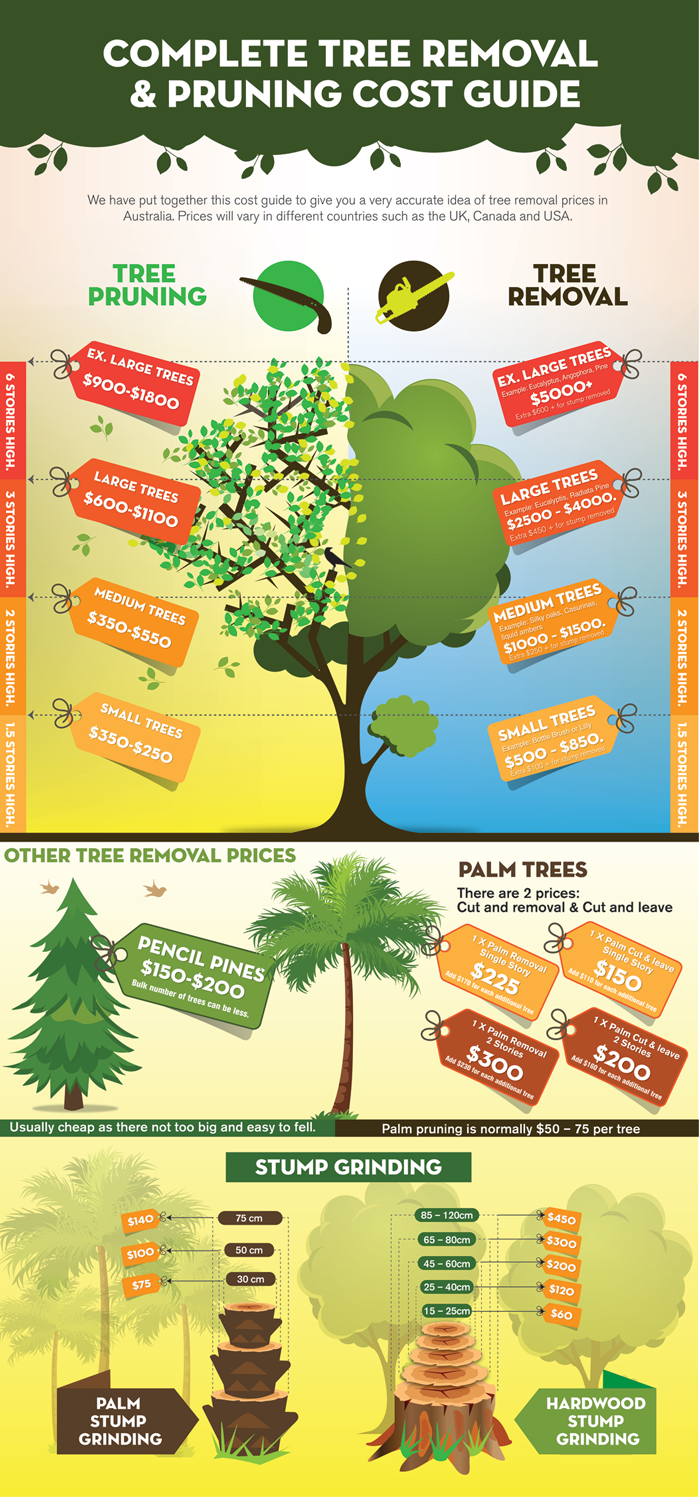Try To Find Vital Indications That Indicate Your Tree Might Be Harmful; Recognizing These Can Secure Your Residential Property And Enjoyed Ones. What Should You Watch For Next?
Try To Find Vital Indications That Indicate Your Tree Might Be Harmful; Recognizing These Can Secure Your Residential Property And Enjoyed Ones. What Should You Watch For Next?
Blog Article
Content Author-Harper Emerson
When it comes to tree treatment, recognizing the signs that it's time for removal is vital for your safety and home. You might observe stained fallen leaves, wilting branches, or weird fungal growths suggesting illness. Architectural concerns, like a considerable lean or cracks in the trunk, can additionally position dangers. Comprehending these indication can aid you make informed choices concerning your trees and stop possible risks prowling in your backyard. What should you search for following?
Signs of Decay and Disease
When you see signs of degeneration and disease in your trees, it's vital to act promptly. Look for stained fallen leaves, wilting branches, or uncommon growths like fungi. These can suggest that your tree is having a hard time.
If you see splits in the bark or soft, mushy wood, these signs and symptoms recommend inner decay. Furthermore, an unexpected rise in bugs around your tree can signal that it's weakened and at risk.
Check for any type of dead or dying limbs, as they position a risk to your home and safety and security. If you're uncertain about what you see, speaking with an arborist can provide clearness.
Attending to these indicators early can conserve you from much more considerable damage and guarantee the health of your backyard. Don't wait up until it's too late.
Structural Instability and Leaning
As you observe your trees, keep an eye out for any type of signs of structural instability or leaning. If a tree leans dramatically, it may suggest that the root system is endangered.
Look for any type of cracks in the trunk or soil around the base; these can indicate potential failing. In addition, look for unusual growth patterns, like an unbalanced crown, which may recommend that the tree is having a hard time to hold itself upright.
If you notice that the tree leans toward your home, power lines, or other frameworks, it presents a greater risk. Don't overlook these indicators-- consult an arborist to assess the scenario.
Doing something about it early can protect against expensive damages and ensure your safety and security.
Dead or Dying Branches and Foliage
If you see dead or dying branches and vegetation on your tree, it's a clear indication that something's wrong.
Trimming Maple Trees can suggest underlying concerns like illness, bug invasions, or environmental stress. When branches lose their leaves or transform brownish, they're no more adding to the tree's wellness. Overlooking these indicators can cause further decrease, making your tree extra hazardous.
Dead branches can easily break off during storms, presenting a threat to property and individuals nearby. It's essential to evaluate the degree of the damage.
If https://tree-roots-intertwined52739.yomoblog.com/41953332/the-principal-overview-to-stump-grinding-techniques-advantages-and-financial-aspects affects a substantial part of the tree, take into consideration seeking advice from an expert. They can help establish if removal is essential to ensure safety and preserve the beauty of your landscape.
Verdict
If you notice any kind of indications of degeneration, architectural instability, or dead branches on your trees, don't neglect them. These signs can pose major safety and security threats to you and your residential property. It's constantly best to seek advice from a professional arborist who can offer a professional evaluation of your trees. Taking action early can stop crashes and expensive damage, guaranteeing your landscape remains secure and healthy. Remember, it's far better to be positive concerning tree treatment than to await a catastrophe to take place.
